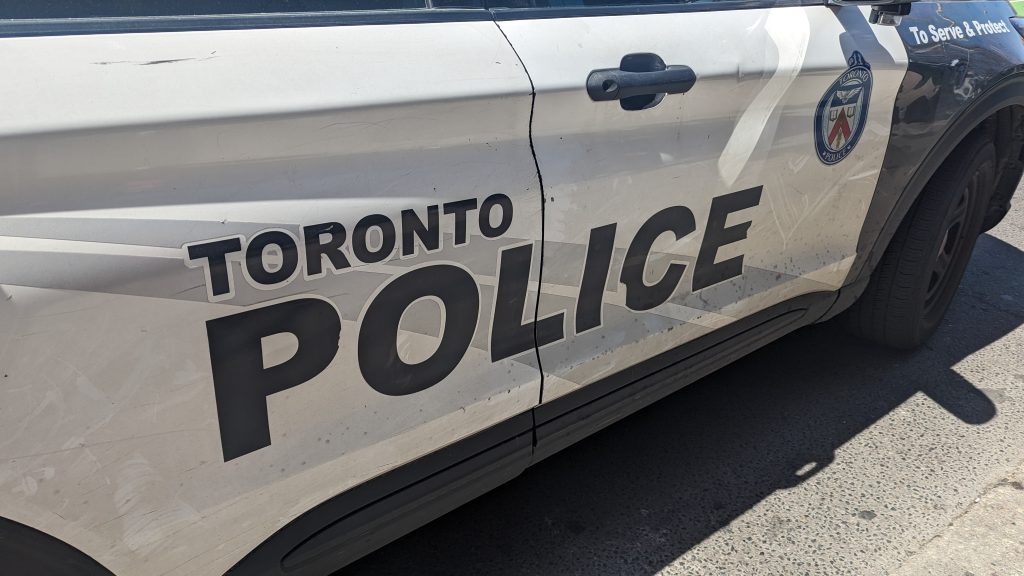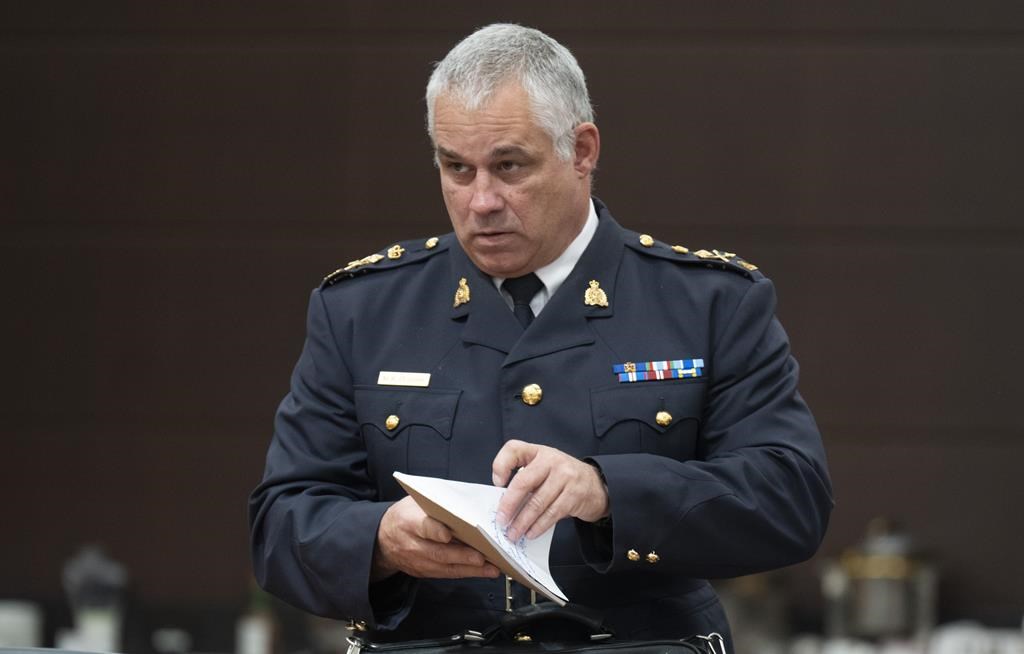‘Like a god:’ Dr. Charles Smith left poisoned trail behind him
Posted February 29, 2016 3:04 pm.
Last Updated February 29, 2016 4:00 pm.
This article is more than 5 years old.
TORONTO – The trail of devastation left by a once acclaimed forensic pathologist wound its way yet again through Ontario’s top court Monday with the exoneration of a mother wrongly convicted of manslaughter on the basis of his evidence.
The brief hearing, which set aside Maria Shepherd’s guilty plea in the death of her three-year-old stepdaughter in 1991, came after Crown and defence said Dr. Charles Smith had made numerous errors in the case.
“Charles Smith was like a god,” Shepherd said in explaining her plea. “Who am I? I’m just a little person.”
Smith was once Ontario’s highly regarded chief forensic pathologist. His opinions on the causes of death, considered unassailable, were frequently the underpinning of convictions that, like Shepherd’s, were ultimately found to have been a miscarriage of justice.
His stellar reputation, however, began unravelling about a decade ago amid questions over the case of William Mullins-Johnson, convicted of sodomizing and suffocating his four-year-old niece. Independent forensic experts would later conclude Smith was wrong to have implicated Mullins-Johnson, who spent 12 years in prison, or even to have decided a crime had occurred.
An initial review uncovered evidence of errors in 20 of 45 autopsies Smith had done over a 10-year period starting in the early 1990s. Thirteen resulted in criminal charges. The review prompted the Ontario government to call a public inquiry, which unravelled a depressing history of Smith’s serious errors, including his catastrophic misinterpretation of findings.
In one notorious case, Smith concluded a mother had stabbed her seven-year-old girl to death when it turned out to have been a dog mauling. In another case, Tammy Marquardt spent 14 years behind bars after she was convicted in 1995 of killing her two-year-old son.
“Try having your heart ripped out and someone squeezing it right in front of your face,” Marquardt said at the time.
Critics said Smith, who started working at the Hospital for Sick Children in Toronto in 1979, had been on a crusade.
At the inquiry, the doctor argued he had been poorly trained and woefully ignorant of the workings of the justice system despite his star status.
In his report in 2008, Justice Stephen Goudge concluded that an arrogant Smith had deliberately dodged attempts to call him to account and “actively misled” the courts and his superiors.
“He achieved the status of a leading expert in the field in large part because there was no one who had the training, experience and expertise to take him on,” Goudge said.
Still, the inquiry also slammed the province’s former chief coroner James Young and his deputy Jim Cairns for failing to respond properly to a decade of complaints about the doctor.
All three apologized or shed tears over their roles in the forensics fiasco.
“I don’t expect that you would forgive me,” Smith said at one point to Mullins-Johnson. “I do want to make it very clear to you that I am profoundly sorry for the role that I played.”
The Ontario government later announced compensation for families affected by Smith’s mistakes. Others, like Mullins-Johnson, won hefty lawsuit settlements.
Smith resigned from Sick Kids in 2005 and worked for a while in pathology in Saskatoon. He stopped practising in 2008 and was finally stripped of his medical licence in 2011.
Outside Appeal Court on Monday, Shepherd said she did forgive Smith while defence lawyer James Lockyer said flawed forensic pathology has frequently led to wrongful convictions.
“Not always Dr. Smith, but certainly he has been a primary culprit,” Lockyer said.










